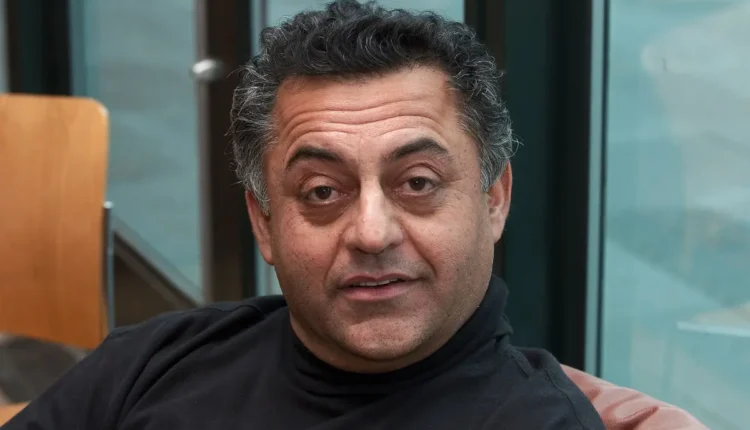In the fast-evolving landscape of computer science, few names shine as brightly as Vijay Virkumar Vazirani. Born in 1957, Vazirani has become a luminary in the field, leaving an indelible mark on the world of algorithms and computational theory.
Education and Career of Vijay Virkumar Vazirani
Vazirani’s academic journey began at the prestigious Indian Institute of Technology, Delhi, where he initially majored in electrical engineering. However, destiny had other plans for him.
In his second year, Vijay Virkumar Vazirani transferred to the Massachusetts Institute of Technology (MIT), graduating with a bachelor’s degree in computer science in 1979. His insatiable curiosity and academic prowess led him to pursue a Ph.D. at the University of California, Berkeley, which he successfully completed in 1983 under the guidance of Manuel Blum.
Post-Ph.D., Vijay Virkumar Vazirani delved into postdoctoral research at Harvard University, working alongside luminaries like Michael O. Rabin and Leslie Valiant. In 1984, he joined the faculty at Cornell University, setting the stage for a remarkable career.
Over the years, Vijay Virkumar Vazirani made strategic moves, joining IIT Delhi in 1990 as a full professor, and later, the Georgia Institute of Technology in 1995. In 2017, he embraced a new chapter in his academic journey as a distinguished professor at the University of California, Irvine.
Research
Vazirani’s research is a tapestry woven with threads of algorithm design, computational complexity theory, cryptography, and algorithmic game theory. In the 1980s, his seminal contributions to the classical maximum matching problem solidified his position as a thought leader in the field.
During the 1990s, Vijay Virkumar Vazirani pivoted towards approximation algorithms, particularly championing the primal-dual schema. His research touched diverse domains, addressing challenges in network design, facility location, web caching, and clustering. In 2001, he penned what is now considered the definitive book on approximation algorithms.
The 2000s saw Vazirani at the forefront of unraveling the computability of market equilibria, contributing significantly to this evolving field. Collaborating with Leslie Valiant, he proved the Valiant–Vazirani theorem, impacting the relationship between UNIQUE-SAT, P, and NP.
His collaborative efforts with Silvio Micali resulted in an algorithm for finding maximum matchings in general graphs, which remains the most efficient known solution.
In 2007, Vazirani, alongside Mehta, Saberi, and Umesh Vazirani, pioneered the formulation of the AdWords advertisement selection problem as an online matching problem, providing an optimal competitive ratio solution.
Awards and Honors
In 2005, both Vijay Virkumar Vazirani and his brother Umesh were inducted as Fellows of the Association for Computing Machinery (ACM). The year 2011 brought Vazirani a Guggenheim Fellowship, a testament to his outstanding contributions to computer science.
The pinnacle of Vazirani’s career came in 2022 when he received the John von Neumann Theory Prize. This prestigious accolade recognized his fundamental and sustained contributions to the design of algorithms, including approximation algorithms, computational complexity theory, and algorithmic game theory—contributions central to operations research and the management sciences.
Also Read: Thomas Kailath: The Impact on Electrical Engineering and Entrepreneurship

